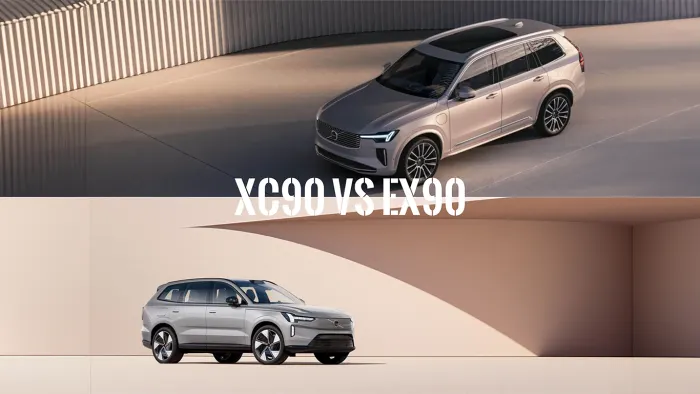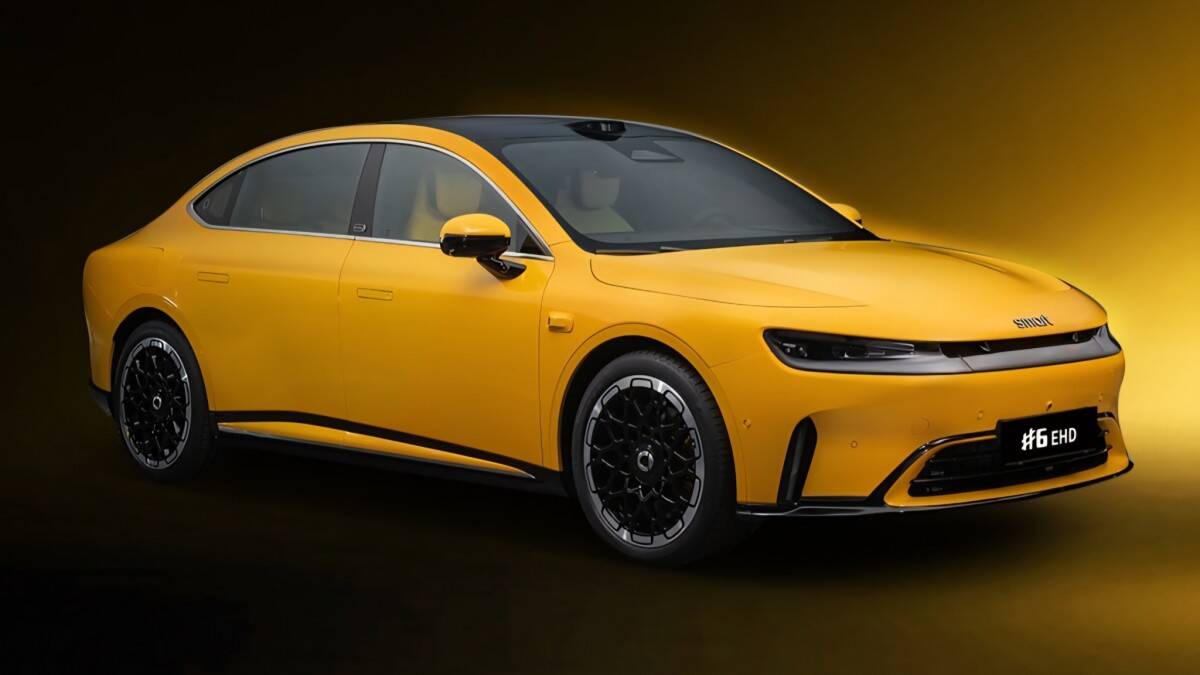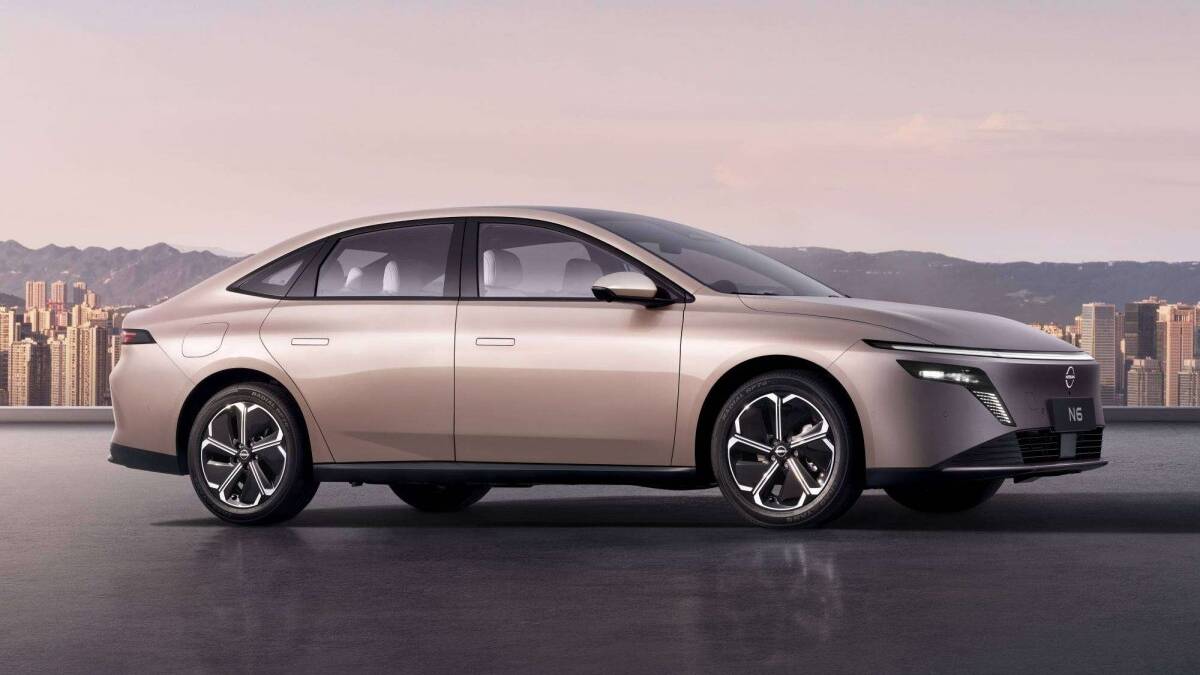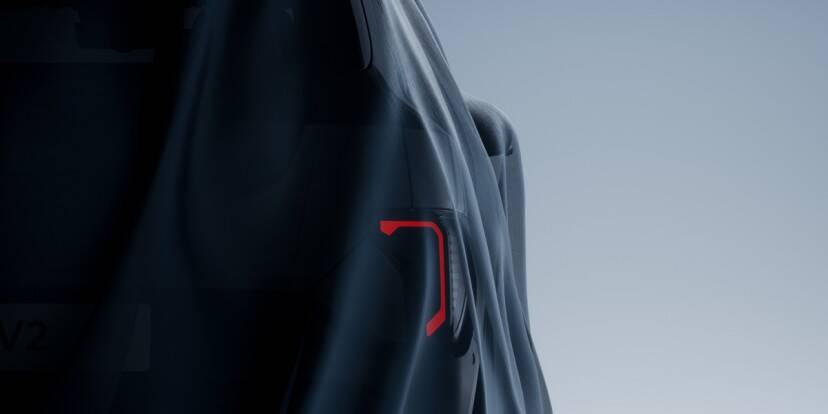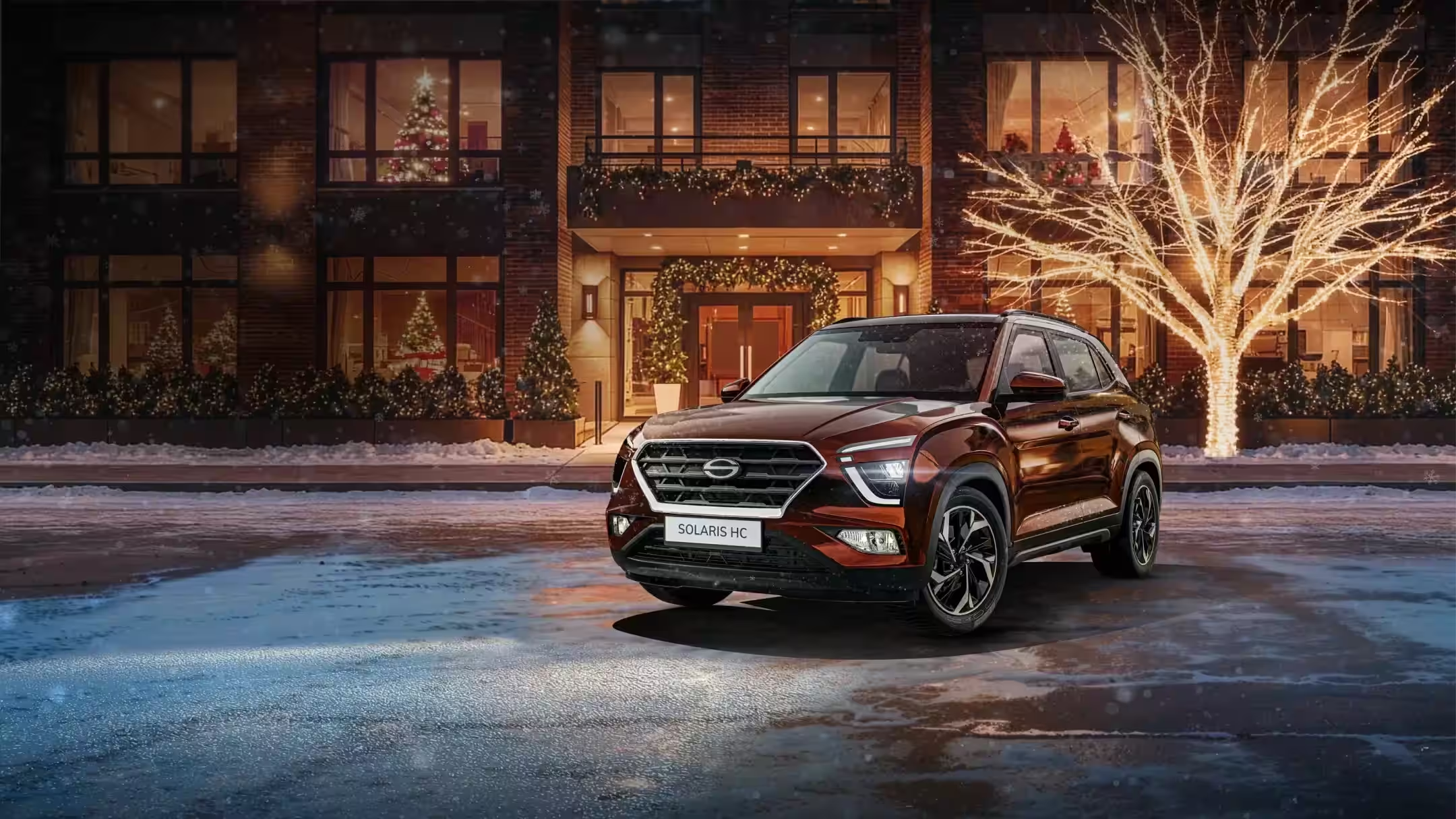2025 Volvo XC90 PHEV or 2025 Volvo EX90: a choice between a hybrid and an all-electric SUV
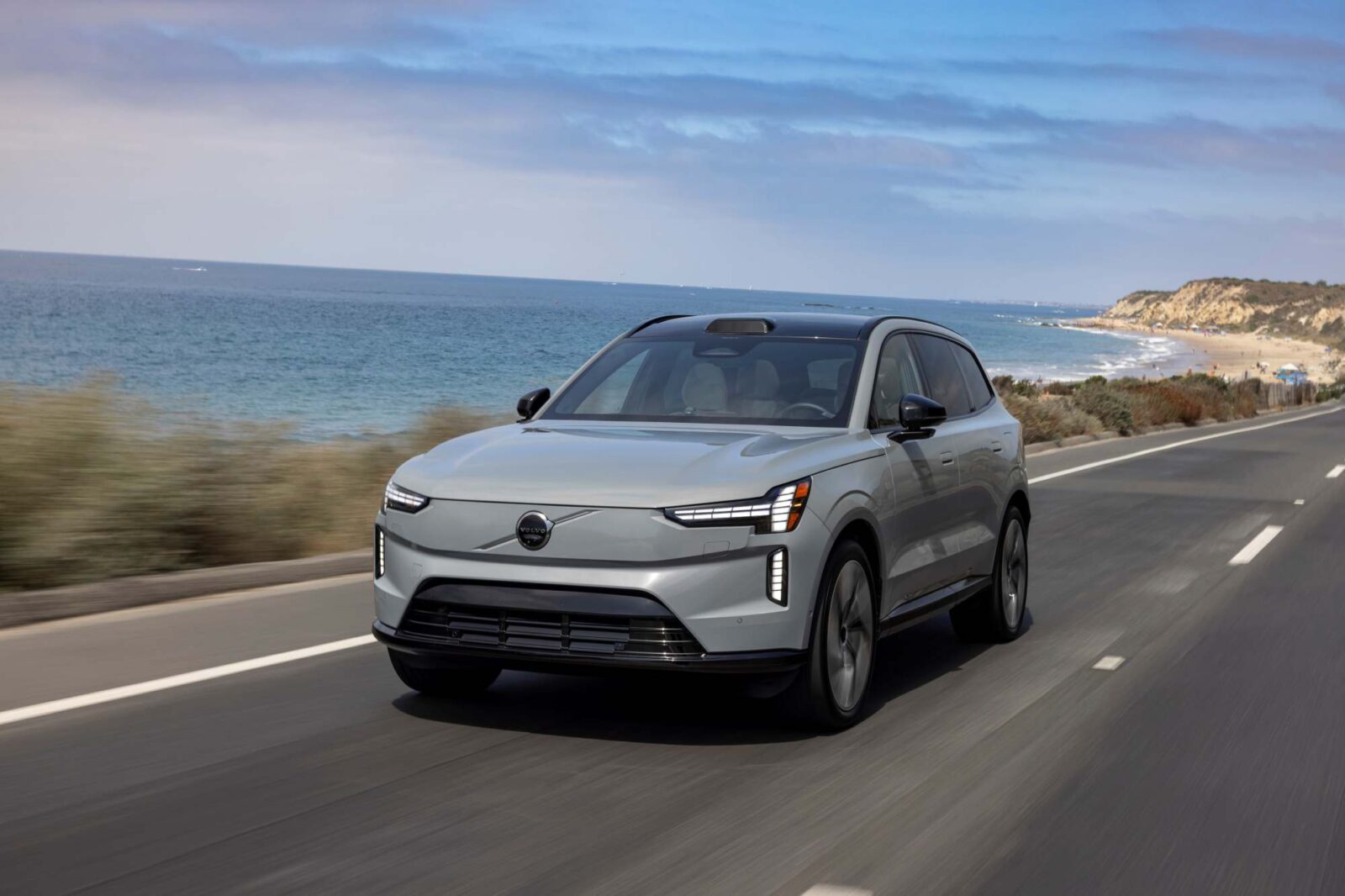
Volvo is offering two different approaches to luxury SUVs in 2025: an all-electric EX90 and an updated XC90 with a plug-in hybrid. While Volvo’s EX90 fully electrifies the popular XC90, the updated XC90 with a plug-in hybrid version is becoming more appealing. The new version, known as the XC90 T8, offers up to 33 miles of purely electric mileage. Despite delays and price increases, the EX90 is on its way to buyers, and the XC90 PHEV is also due for release early next year.
The EX90 is on its way to buyers, and the XC90 PHEV is also due for release early next year.
EX90 isn’t just an electric version of the XC90
Although both SUVs seat up to seven people (there’s a six-seat option), the EX90 is technically longer – 198.3 inches versus 195 inches for the XC90. Despite its similar shape and size to the original version, the EX90 has a distinctive “electric” look common to all of Volvo’s EV lineup, such as the EX30. The cabin offers similar legroom and headroom, but the EX90 offers a more modern tech display.
The EX90 offers a more modern tech display.
Platforms: SPA2 vs. SPA
Volvo’s EX90 is built on the new SPA2 platform, which is an evolution of the SPA architecture used in the XC90 PHEV. The EX90 has been designed as an all-electric car with a low battery and engine layout, which differentiates it from the hybrid XC90.
An all-electric car with a low battery and engine layout, which differentiates it from the hybrid XC90.
Powertrain differences
Volvo XC90 PHEV:
The XC90 T8 is a plug-in hybrid that combines a four-cylinder gasoline engine with a single electric motor. An 18.8 kW⋅h battery provides up to 33 miles of purely electric mileage. The SUV has all-wheel drive and produces 310 hp and 295 lb-ft of torque. Acceleration to 60 mph takes 5.1 seconds, and fuel economy is 58 MPGe in combined mode.
Accelerating to 60 mph takes 5.1 seconds, and fuel economy is 58 MPGe in combined mode.
Volvo EX90:
TheEX90 is fully electrified and features a 111 kW⋅h battery, providing a range of up to 310 miles (or 300 miles with larger wheels). It is available in two configurations, Twin Motor and Performance. The base Twin Motor version produces 402 hp and 361 lb-ft of torque, accelerating to 60 mph in 5.7 seconds (or 4.7 seconds for Performance). Fuel economy is 84 MPGe. Both versions have all-wheel drive.
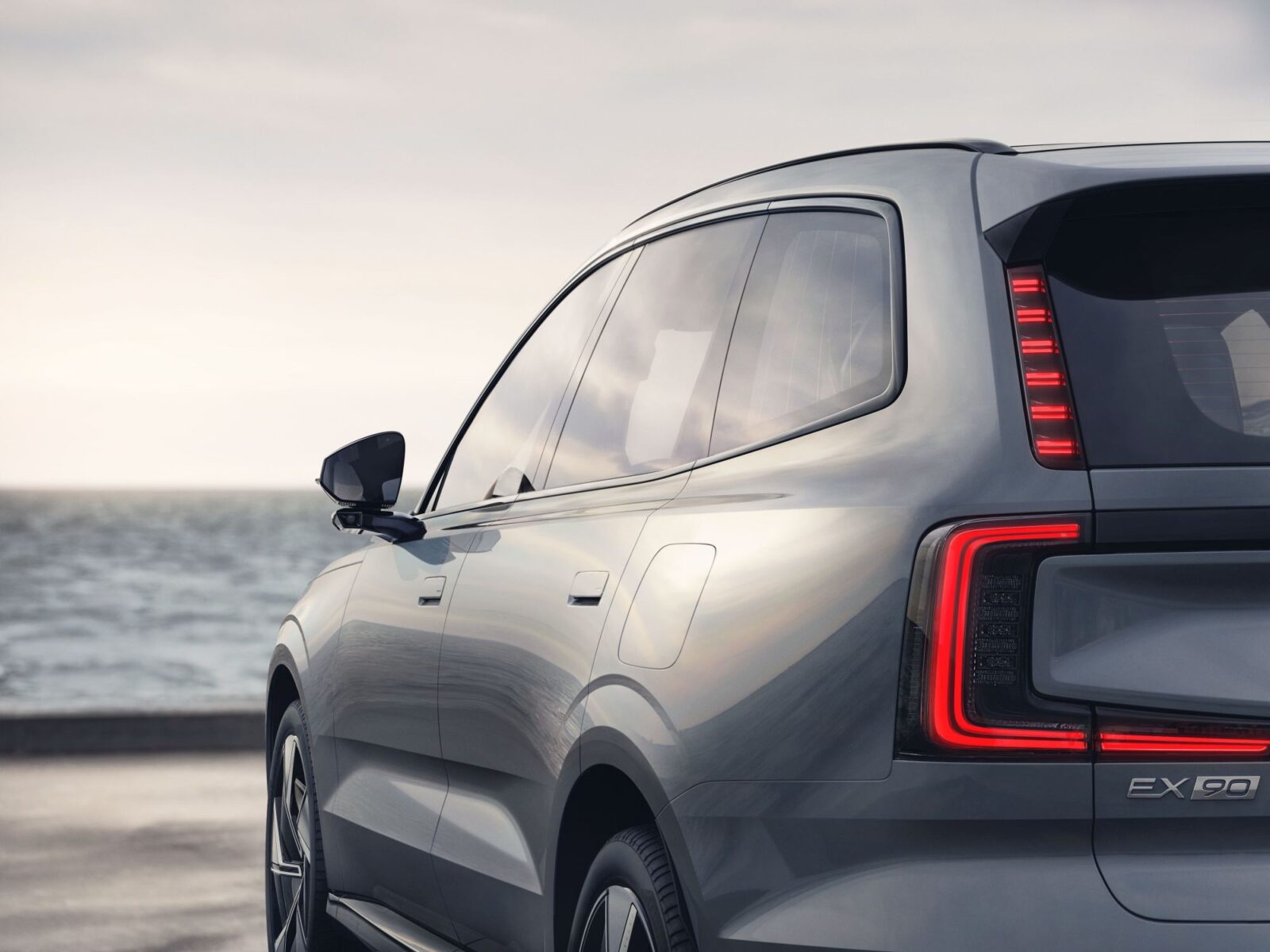
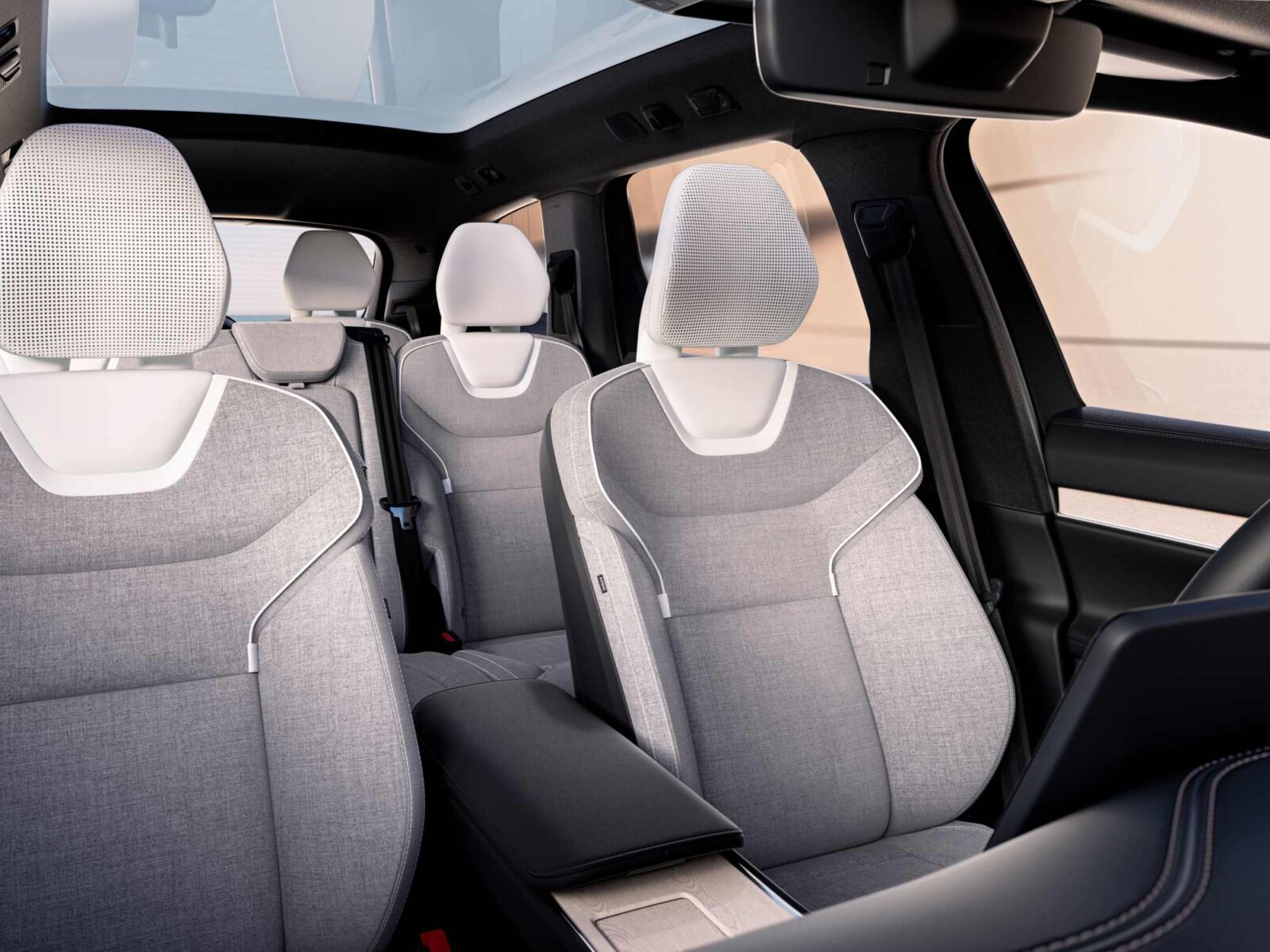
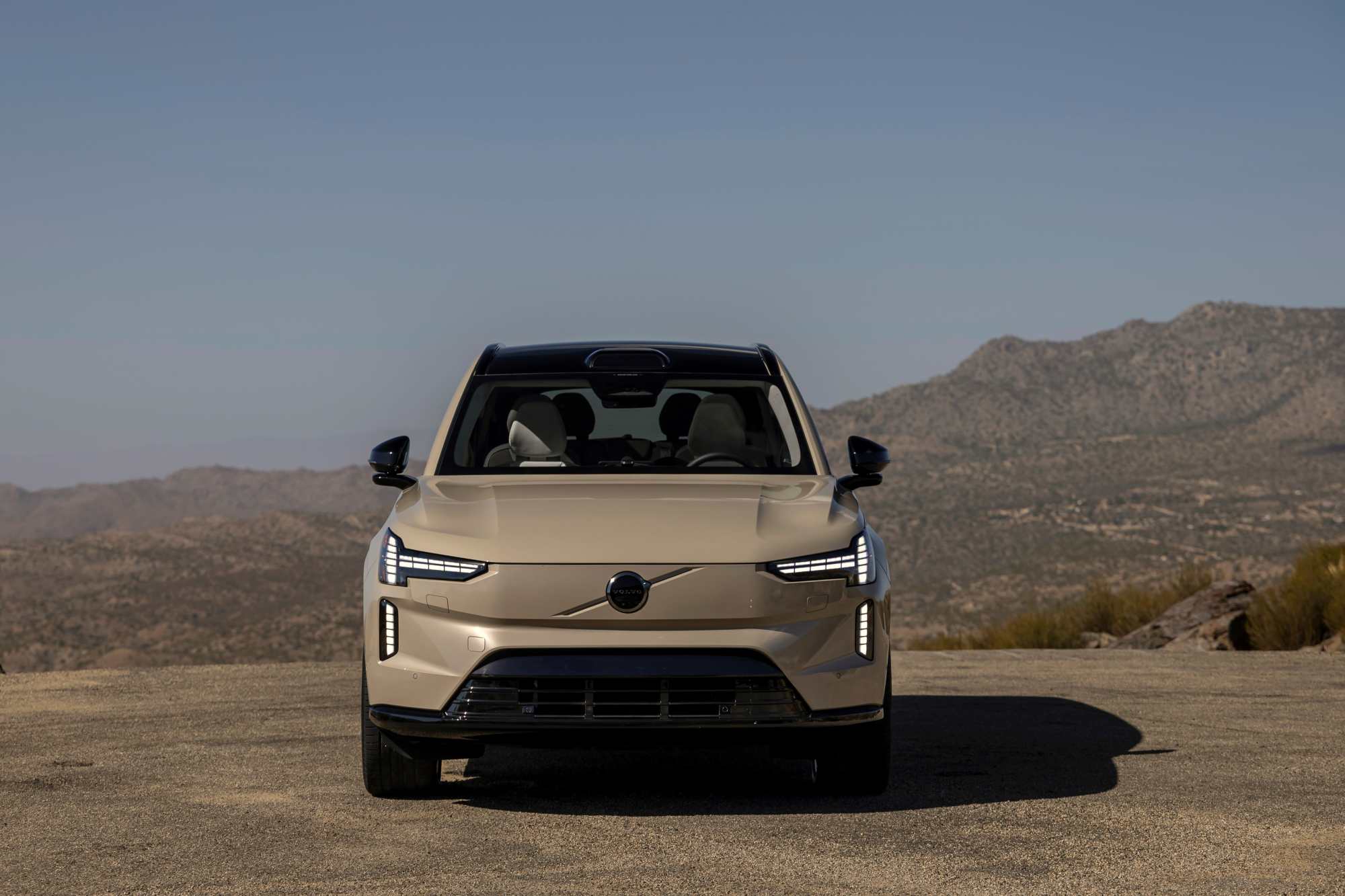
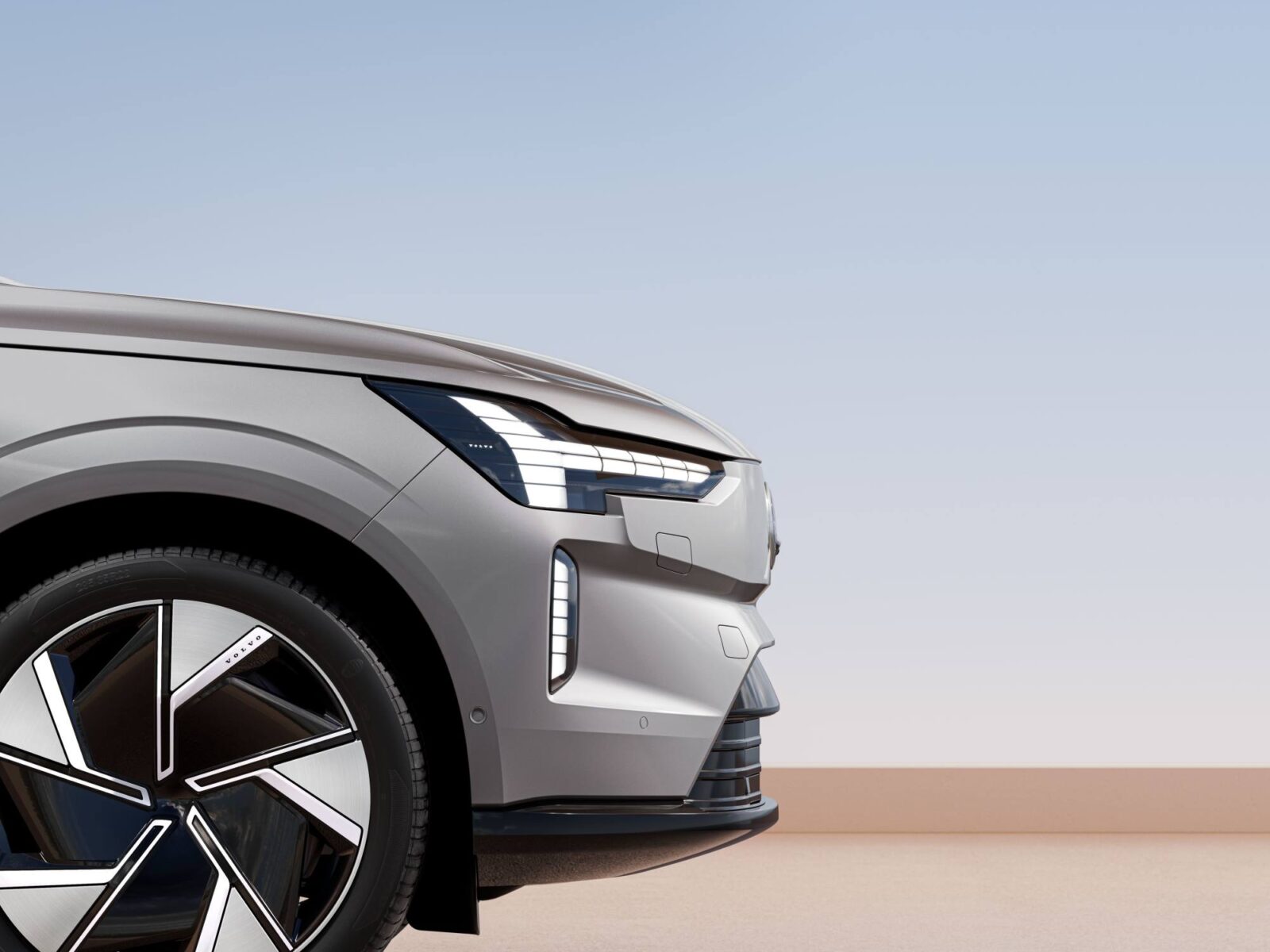
Charge: XC90 vs. EX90
The two cars can be charged, but their charging experience is different. The XC90’s smaller battery with a 6.4 kW charger charges from 0 to 100 percent in 3 hours. Using a standard 120-volt household outlet, it takes 7 hours to charge.
The smaller XC90’s battery can be charged, but its charging experience is different.
For the EX90, charging takes longer: a full charge of the 111 kW⋅h battery takes 10 hours at home. However, at public 250kW fast charging stations, the time to charge from 10% to 80% is only 30 minutes.
For the EX90, charging time is only 30 minutes.
Technology and Interface
The XC90 PHEV gets an update to its center screen, which is now similar to the EX90’s 11.2-inch free-standing touchscreen. The EX90 features a larger 14.5-inch display and a 9-inch digital driver’s screen, with noticeable differences in interface design compared to the XC90.
The EX90 has a larger 14.5-inch display and a 9-inch digital driver’s screen, with noticeable differences in interface design compared to the XC90.
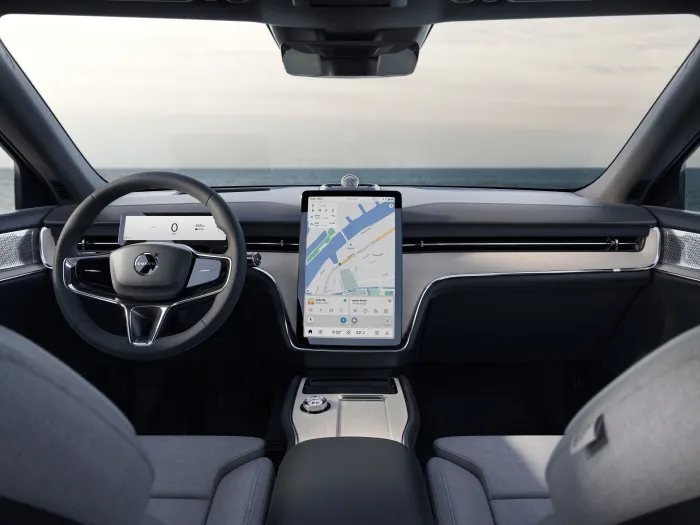
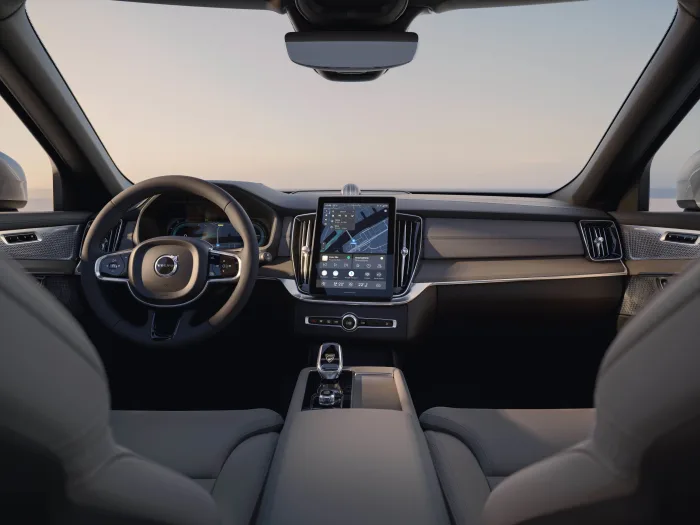
The two SUVs use Google built-in, which includes integration with Google Maps and other Android apps. Apple CarPlay with wired connectivity is also available. The new 2025 XC90 will offer a redesigned user interface with a more intuitive layout of on-screen elements. The new EX90 and EX30 models will also get this updated screen, and all Volvo models from 2020 and newer will be able to update via OTA.
The new EX90 and EX30 will also get this updated screen, and all Volvo models from 2020 and newer will be able to update via OTA.
What’s new in the Volvo XC90 PHEV 2025
The XC90 has been on the market since 2002, and the plug-in hybrid version arrived in 2016 under the name T8 Recharge. Now, for 2025, it’s simply called the XC90 T8 and gets a new front end design. The hood and bumper have been updated, while the grille and lights have been redesigned. The classic “Thor’s Hammer” headlights have become narrower. These changes are designed to emphasize the hybrid’s visual similarity to Volvo’s electric models.
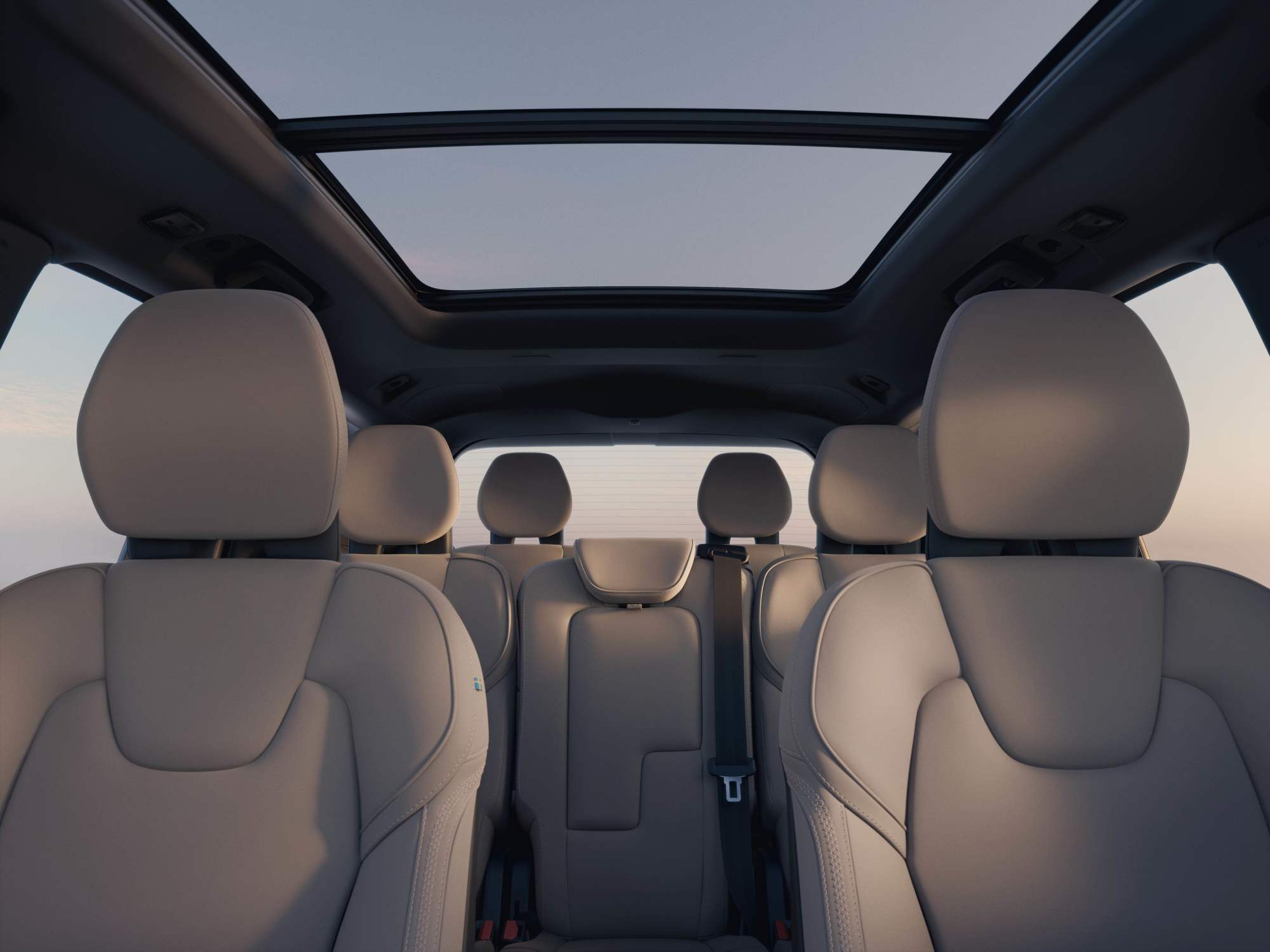
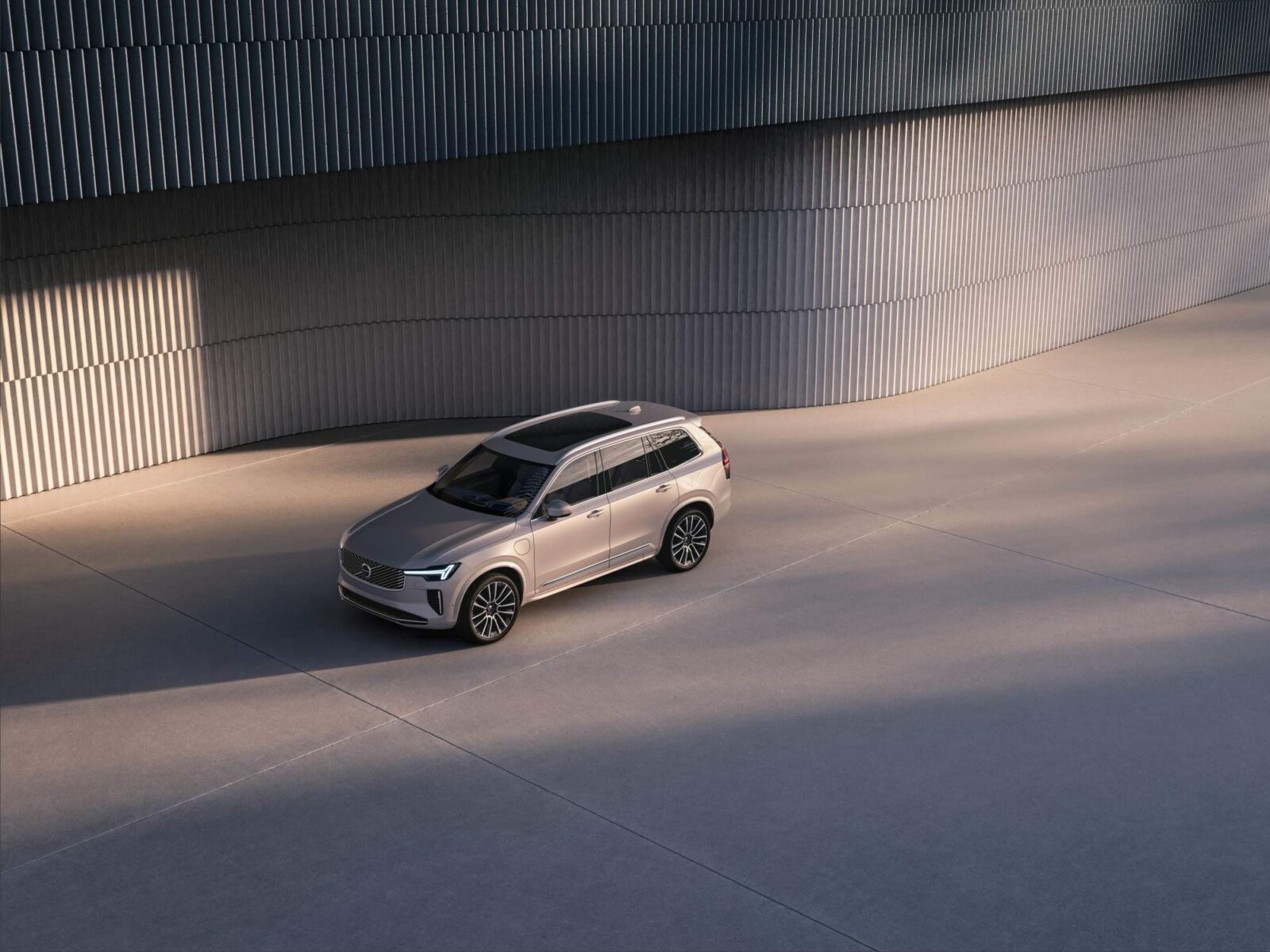
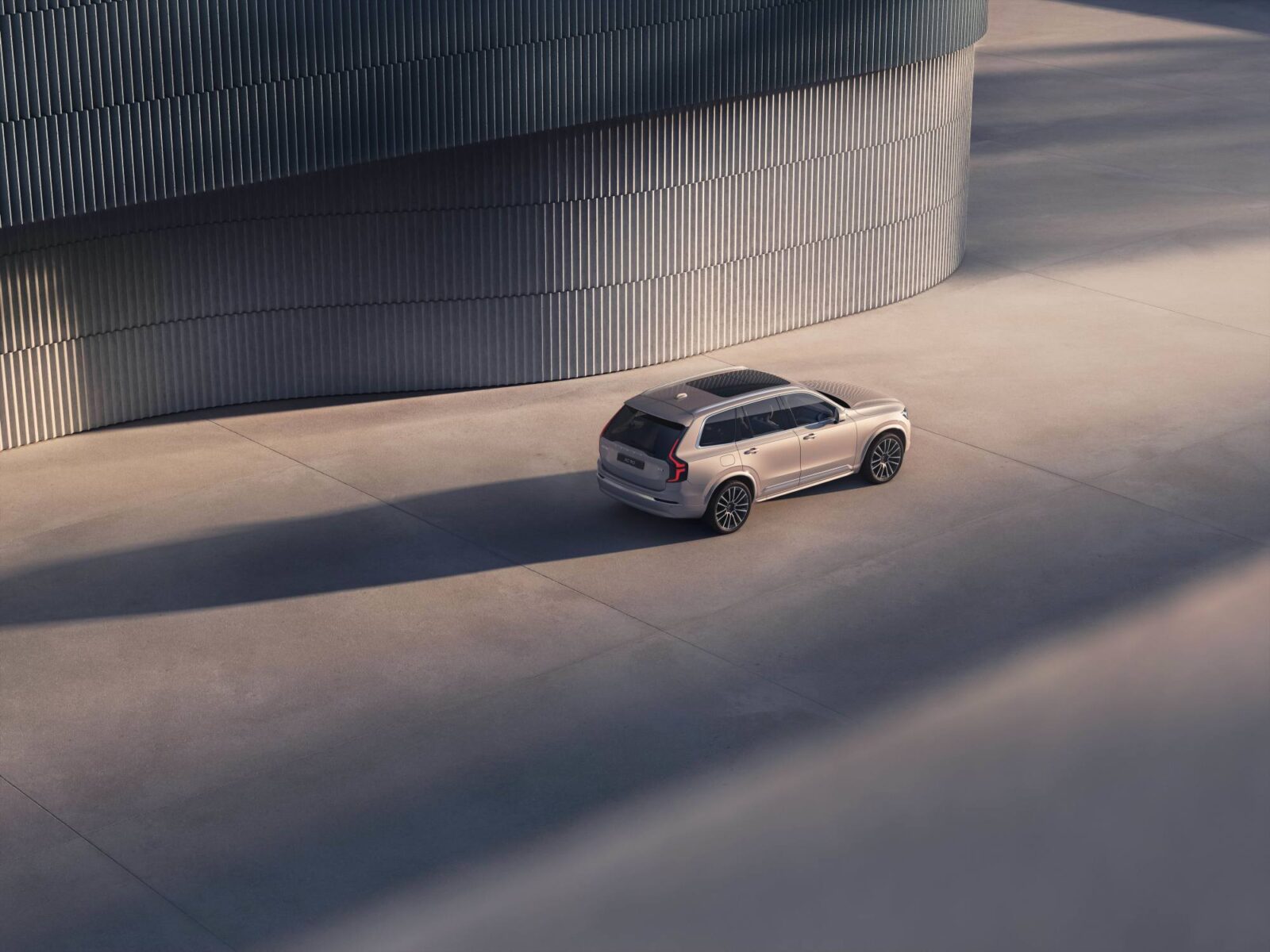
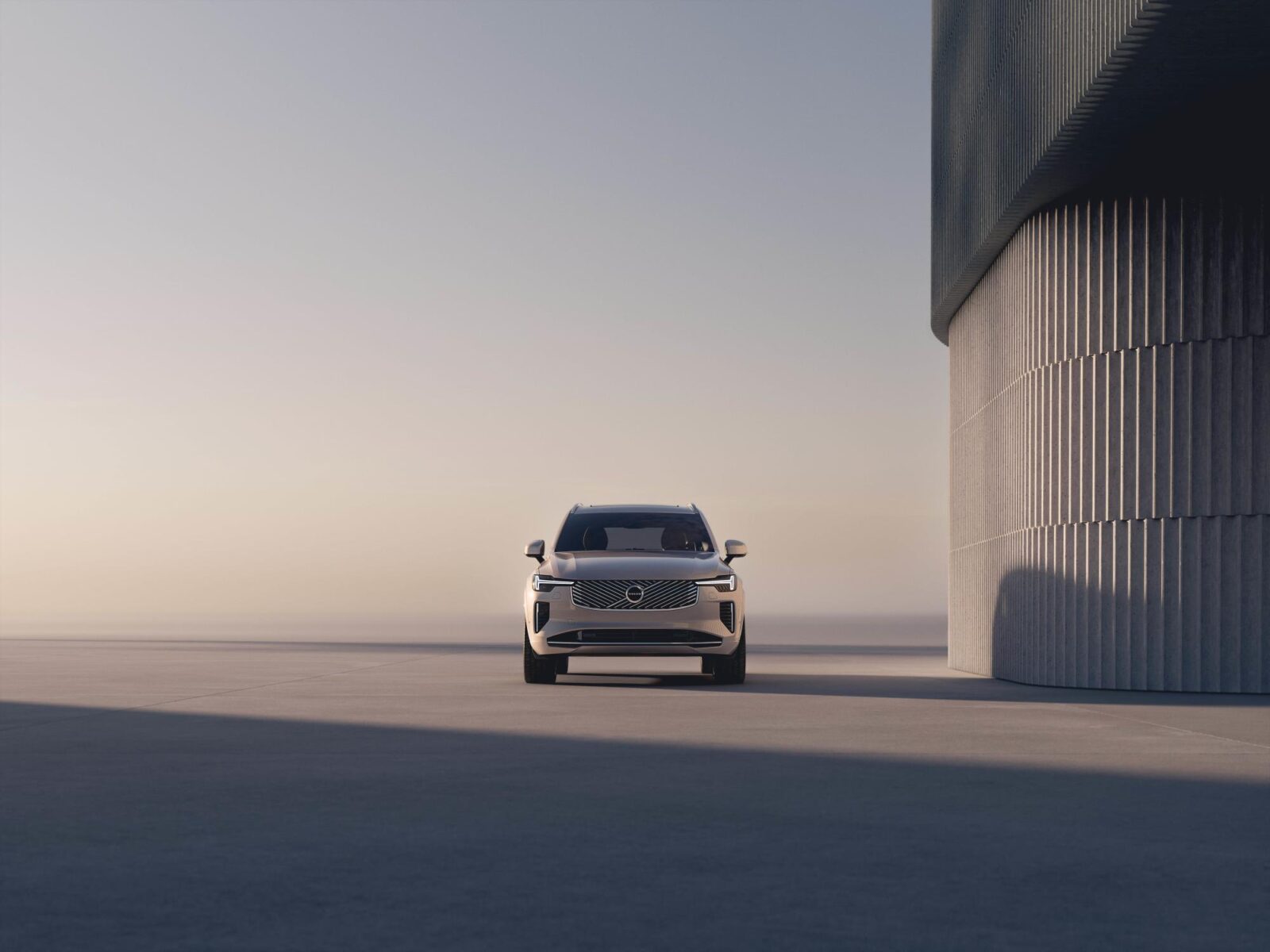
Price and availability
The XC90 PHEV remains slightly more affordable, even in its top-of-the-line T8 configuration. An official price hasn’t been announced yet, but it’s expected to start at around $74,000. Core, Plus and Ultra versions will be retained. The base version of the XC90 (not the hybrid) will start at $58,450, plus $1,295 for delivery.
The base version of the XC90 (not the hybrid) will start at $58,450 plus $1,295 for delivery.
Volvo EX90 starts at $79,995 (not including delivery). The seven-seat Plus version costs $81,790, while the six- and seven-seat Ultra versions are $85,640 and $86,140, respectively. For the Performance version, the price increases by $5,000. The EX90 is already on sale, while the new XC90 PHEV will be available in 2025. Production of the EX90 is set up at Volvo’s plant in South Carolina, while production of the XC90 will begin later this year in Sweden.
The EX90 is available at Volvo’s South Carolina plant, while production of the XC90 will begin later this year in Sweden.
The choice between the Volvo EX90 and XC90 PHEV
.
The choice between the EX90 and XC90 PHEV is a choice between Volvo’s all-electric future and a more hybrid approach. The EX90 represents the brand’s vision of a 100% electric future, while the XC90 T8 remains a pragmatic option with up to 33 miles on electric, allowing drivers to appreciate the benefits of electric vehicles without giving up the familiar gasoline experience. Ultimately, the choice comes down to a willingness to go fully electric or prefer the flexibility of a hybrid system.
The choice comes down to a willingness to go fully electric or prefer the flexibility of a hybrid system.

